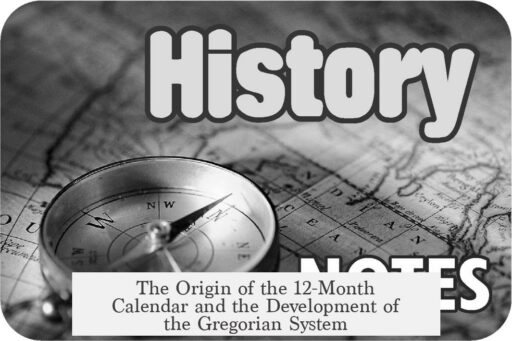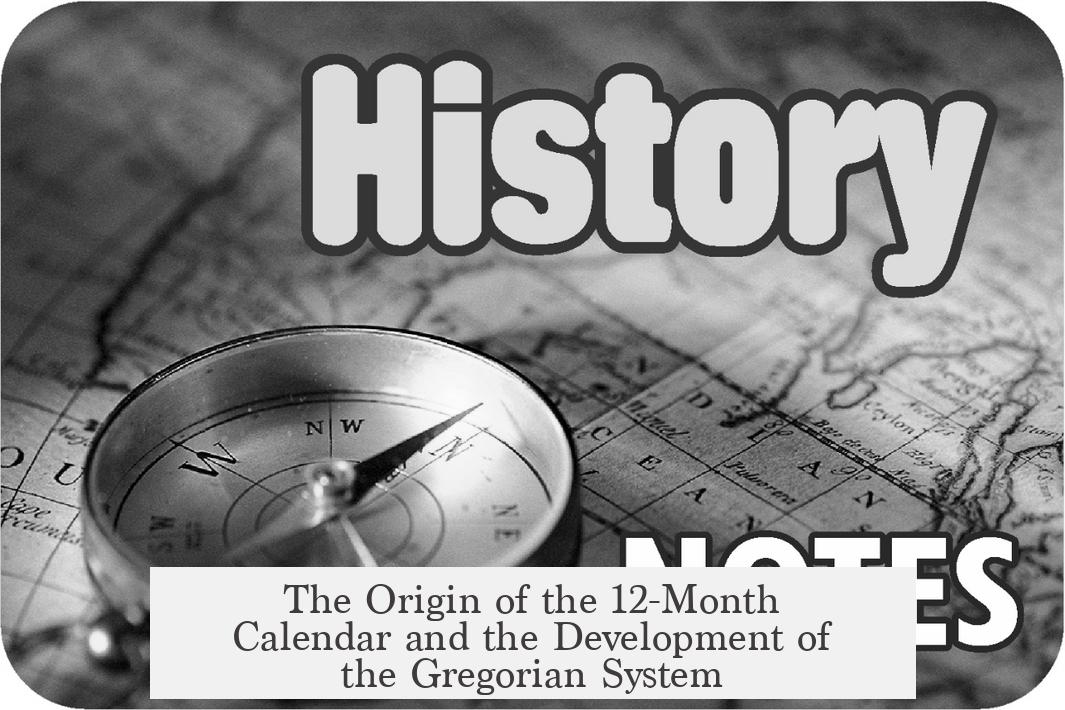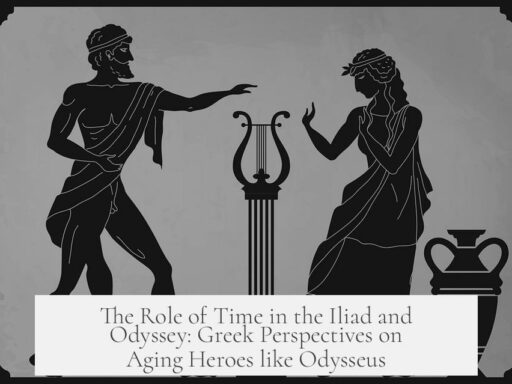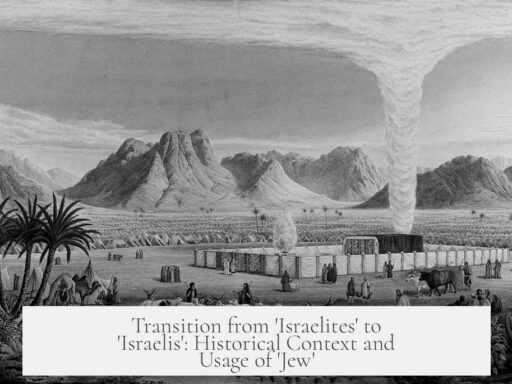There are 12 months in a year because this division closely follows the lunar cycles. Each lunar cycle lasts about 29.5 days, and about 12 such cycles fit into one solar year. This natural rhythm of moon phases formed the basis for month lengths in many ancient calendars. However, a year based solely on 12 lunar months totals approximately 355 days, which is shorter than the solar year of about 365.25 days. Because of this mismatch, purely lunar calendars require adjustments, such as intercalary months added every few years, to realign the calendar with the seasons. The need to reconcile lunar cycles with the solar year has driven much of the historical evolution in calendar design.
The original Gregorian calendar emerged as a refinement of the Julian calendar, introduced in 1582 by Pope Gregory XIII. The Julian calendar, established by Julius Caesar in 45 BCE, replaced the previous Roman lunar calendar with a solar-based system. Caesar’s reform adopted the Kallippan cycle, which approximated the solar year as 365.25 days by including an extra day every four years (leap year). This adjustment moved away from purely lunar or lunisolar calendars toward a calendar that aligned more closely with the solar year.
The Gregorian reform addressed a small but accumulating error in the Julian calendar. The Julian year overestimated the solar year by about 11 minutes, causing the calendar dates to slowly drift relative to the seasons. By the 16th century, this drift had become noticeable, especially regarding the date of Easter in the Christian liturgical calendar. The Gregorian calendar slightly shortened the average year by adjusting leap year rules: century years are leap years only if divisible by 400. This change corrected the drift but was gradually adopted worldwide, with some countries not switching until centuries later. The reform’s full effect will be seen only over long timeframes, such as the year 2100.
Before the Gregorian calendar, multiple calendrical systems were in use, often with lunar or lunisolar foundations. The early Roman calendar was lunisolar, with 12 months totalling 355 days and occasional intercalary months added irregularly to stay aligned with the seasons. Though some scholars suspect a 10-month calendar in Roman prehistory, this remains unproven. Julius Caesar’s reform converted this irregular lunar calendar into a solar calendar, standardizing the length of the year and the timing of months.
Around the ancient world, various calendars sought to harmonize lunar months with solar years. For example, the Metonic cycle, devised in the 5th century BCE by Meton of Athens, proposed 19 solar years consisting of 235 lunar months, totaling 6940 days. This cycle became the basis of the Athenian civil calendar and influenced other lunisolar calendars. Although precise, the Metonic cycle averaged about 365.2632 days per year, still slightly longer than the solar year.
To improve on this, Callippus refined the Metonic cycle about a century later, creating the Kallippan cycle with an average year length of 365.25 days. Julius Caesar adopted this adjustment when reforming the Roman calendar, establishing the principle of a leap year every four years. This system was remarkably accurate and persisted for over a millennium.
Other calendars worldwide followed lunar, lunisolar, or solar principles. Many remain in use today alongside the Gregorian calendar. Examples include the Hebrew calendar, Islamic calendar, Chinese calendar, and various traditional calendars in South Asia and the Americas. These systems reflect cultural and religious needs as well as astronomical observations.
| Calendar | Type | Key Features | Usage Period |
|---|---|---|---|
| Roman Republican Calendar | Lunisolar | 12 months, 355 days with irregular intercalary months | Before 45 BCE |
| Julian Calendar | Solar | 365.25 days/year, leap year every 4 years | From 45 BCE onwards |
| Gregorian Calendar | Solar | Leap year rules refined; century years leap only if divisible by 400 | From 1582 onwards |
| Athenian Civil Calendar | Lunisolar | Based on Metonic cycle: 235 lunar months = 19 solar years | 5th century BCE onwards |
- The 12-month year aligns with lunar cycles, which repeat roughly 12 times per solar year.
- The Gregorian calendar, introduced by Pope Gregory XIII in 1582, corrected small inaccuracies in the Julian calendar.
- Julius Caesar created the Julian calendar in 45 BCE, adopting the Kallippan cycle for a solar year of 365.25 days.
- Earlier calendars were mostly lunar or lunisolar, involving complex cycles like the Metonic cycle to fit lunar and solar years.
- Many lunar, lunisolar, and solar calendars coexist worldwide, each designed to meet specific cultural and astronomical needs.
Why Are There 12 Months in a Year? Who Made the Original Gregorian Calendar? What Calendars Were Popularly Used Before That?
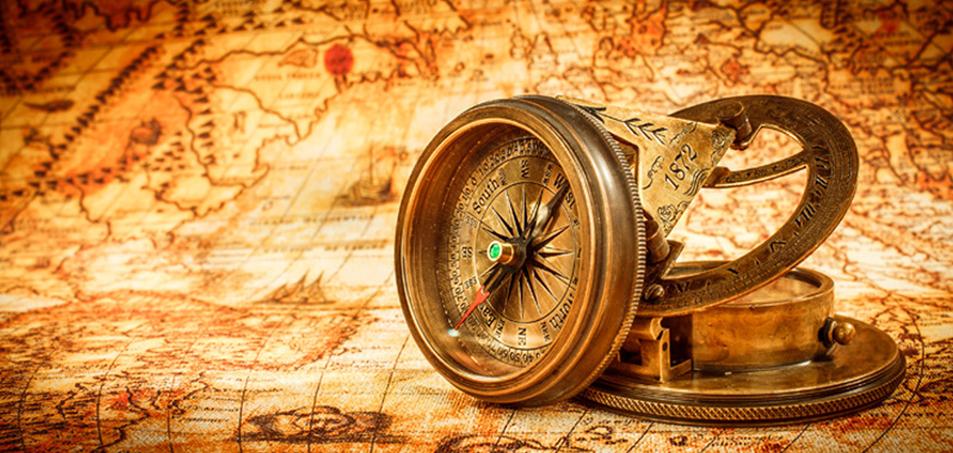
Why exactly are there 12 months in a year? The answer lies in the dance between the Moon and the Sun. The Earth’s orbit around the Sun takes about 3651⁄4 days — that’s our solar year. Meanwhile, the Moon takes roughly 29.5 days to orbit Earth, completing what we call a lunar cycle. In one solar year, the Moon passes through approximately 12.37 lunar cycles. This neat coincidence means ancient cultures naturally divided the year into 12 months, each roughly corresponding to a lunar cycle.
This lunar origin for months explains why humans settled on twelve. However, there’s a twist. Twelve lunar months add up to about 354 days, but the solar year is closer to 365.25 days. That’s an 11-day gap. Calendars based solely on the moon fall behind the seasons if left unchecked. To fix this, ancient timekeepers inserted an extra “intercalary” month every few years to realign the calendar with the seasons. This patchwork approach kept things reasonably accurate, but it also stirred a lot of tinkering over the centuries.
So where did the Gregorian calendar come from?
The current calendar most of the world uses – the Gregorian calendar – was introduced by Pope Gregory XIII in 1582. But it wasn’t a completely fresh start. For centuries before that, the Julian calendar ruled. Julius Caesar rolled out the Julian calendar in 45 BCE, moving away from earlier lunar or lunisolar calendars to a solar-based calendar. It was a big deal. It replaced a confusing Roman republican calendar, which had 12 months totaling just 355 days and threw in irregular leap months to catch up.
Caesar, with the help of astronomers following the Kallippan cycle, created a calendar with an average year length of 365.25 days. This system added an extra day every four years to keep things balanced. It was impressively close to the solar year — so close that it lasted for over 15 centuries with only minor errors creeping in. But those tiny inaccuracies added up.
By the 16th century, the Julian calendar was out of sync with the seasons by about 10 days. Pope Gregory and his astronomers suggested a fix: skip 10 days and tweak the leap year rules. The Gregorian reform removed leap years on most century years, unless divisible by 400, which trimmed the average year length to approximately 365.2425 days, very near the actual solar year. This reform, rolled out in 1582, is why some European countries “lost” 10 days overnight.
Interestingly, some countries clung to the Julian calendar for centuries after. For example, Russia only adopted the Gregorian system in 1918. You’ll see this play out in history and religious observances today.
What about calendars before all this? What did people use before the Julian calendar made its grand debut?
Before the Julian reform, calendars were mostly lunar or lunisolar. The Roman republican calendar had 12 months but only about 355 days, shuffling in extra months occasionally in a rather ad hoc fashion. Historians suspect that even earlier, in prehistory, the Roman calendar might have had only 10 months — but evidence is sketchy. January and February have been around long before recorded history, despite myths crediting Caesar with introducing them.
Across the ancient world, many civilizations tackled the challenge of synchronizing lunar months with the solar year by using long cycles called “great years.” One celebrated example is the Metonic cycle, named after the 5th-century BCE Greek astronomer Meton of Athens. His cycle aligned 19 solar years with 235 lunar months—meaning every 19 years, the lunar and solar calendars “reset” together. The Athenians, among others, used this cycle to regulate their calendars.
Later, Kallippos refined the Metonic cycle into a version that averaged 365.25 days per year, a key step towards solar calendars. Julius Caesar’s advisors used the Kallippan cycle to craft the Julian calendar with its leap year system.
Around the globe, countless calendars flourished. While Europe was fine-tuning the Julian system, civilizations in India, China, and the Islamic world developed their own calendars. Many of these remain in use for religious and cultural purposes today, such as the Islamic Hijri calendar and the Chinese lunisolar calendar.
So why does all this matter? Understanding the calendar’s history isn’t just trivia—it’s key to how we organize our lives. Our schedules, holidays, and even fiscal years hinge on this invisible but powerful system. And knowing its quirks—like why February is short or why centuries aren’t always leap years—lets us appreciate this majestic but imperfect cosmic clock.
Next time you glance at a calendar, remember this: it’s a finely tuned compromise. It blends the Moon’s rhythms with the Sun’s march, crafted through hard-won wisdom over millennia, from the oldest lunar cycles to Pope Gregory’s decisive nudge. Maybe it even inspires you to consider how future calendars might evolve—or what our descendants might think about the systems we take for granted today.
In summary:
- There are 12 months because roughly 12 lunar cycles fit into the solar year.
- Lunar months total around 355 days; the solar year is about 365.25 days, causing calendar conflicts.
- Julius Caesar introduced the Julian calendar around 45 BCE, switching to a solar-based system with leap years every four years.
- The Gregorian calendar, formulated under Pope Gregory XIII in 1582, refined the Julian calendar by adjusting leap year rules to better align with the solar year.
- Before the Julian calendar, people used lunar or lunisolar calendars and cycles like the Metonic cycle to synchronize months and seasons.
- Many different calendars have existed worldwide, some still influencing culture and religion today.
Whether you’re a history buff or a casual calendar checker, the story of our year is a thrilling blend of astronomy, politics, and human ingenuity. Have you ever wondered how your own culture’s calendar fits into this global tapestry? Or how calendars might look in 100 years? The quest to tame time continues, one month at a time.
